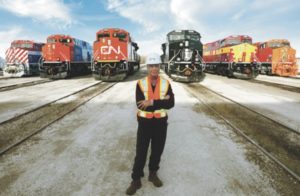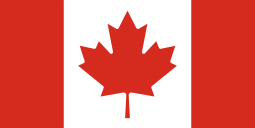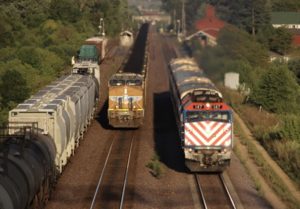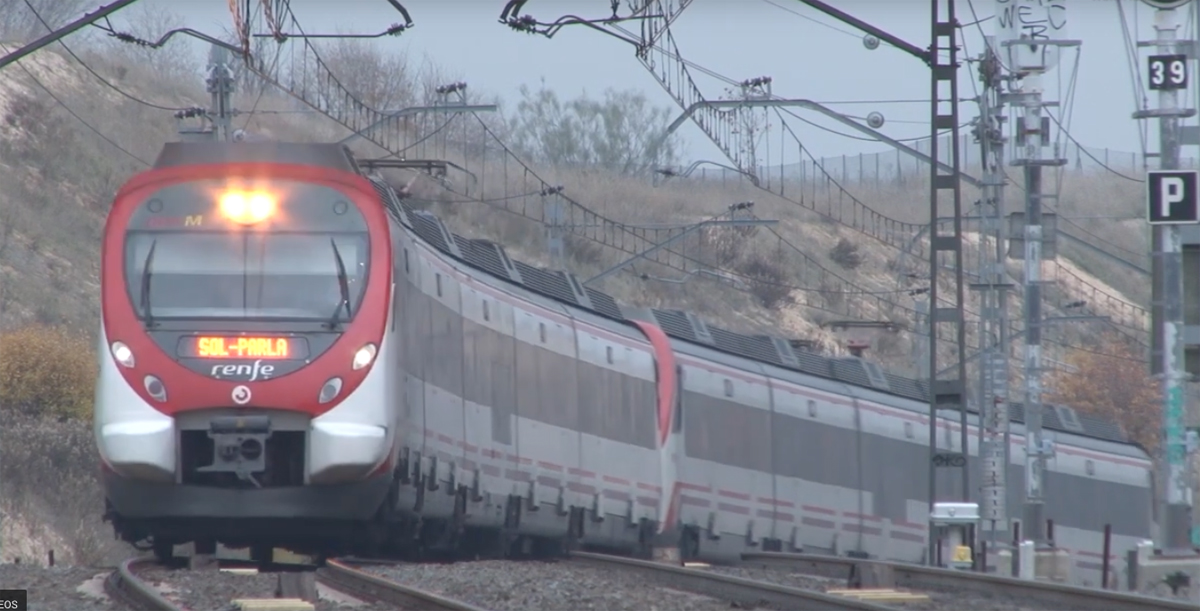On Tuesday, Trains News Wire will begin counting down its Top 10 stories of 2020, a year marked by a wide range of stories in the realms of freight, passenger, rail transit, and preservation news. How wide? Well, 25 stories received votes in the end-of-the-year balloting among staff members and key contributing writers; excluding the No. 1 story, no topic was named on more than six of eight ballots.

That meant some significant stories didn’t make the final list. While Trains writers will touch on some of those topics as they wrap up the year, here’s one editor’s view of three stories from outside the Top 10 worth recalling:
Heritage paint schemes
Special paint schemes abounded in 2020. Among them: Canadian National and Montana Rail Link unveiled units saluting veterans; Chicago’s Metra released its latest heritage-paint locomotive, an F59PHI wearing Chicago & North Western colors, along with an MP36PH-3S in a special scheme saluting the state of Illinois; BNSF marked its 25th anniversary by outshopping 10 locomotives featuring logos from predecessor railroads in a variant on its standard paint scheme; and the Rock Island “bankruptcy blue” paint scheme reemerged on the newly formed Chicago Rock Island & Pacific, operator of the Mississippi Delta Railroad.
The most notable effort, though. belonged to CN for the locomotives it repainted to mark the 25th anniversary of the company’s privatization in 1995. The railroad released five road locomotives in heritage schemes — replicas of the paint worn by BC Rail; the Elgin, Joliet & Eastern; Illinois Central; and Wisconsin Central at the time those railroads were acquired by Canadian National, plus one for long-time CN component Grand Trunk Western. The railroad also introduced locomotive-and-slug sets in IC black and CN’s pre-1961 green and gold.
Additional News Wire reading:
“BNSF unveils 25th anniversary locomotive,” Aug. 13, 2020
“Metra unveils C&NW heritage locomotive,” Aug. 18, 2020
“Montana Rail Link paints veterans commemorative locomotive,” Nov. 6, 2020
“Canadian National releases images of veterans tribute locomotives,” Nov. 10, 2020
“CN celebrates 25th anniversary of privatization, unveils heritage locomotives,” Nov. 17, 2020
Blockades in Canada
For nearly a month beginning in early February, Canadian rail operations — mostly notably, those of Canadian National and VIA Rail Canada — were disrupted by a series of protests blocking rail lines at a number of locations across the country. The blockades grew out of an indigenous group’s protest over construction of a pipeline through First Nations land in British Columbia. They took their biggest toll at Belleville, Ont., a key point for CN’s east-west route and its route between eastern Canada and the U.S., and on its line serving the Port of Prince Rupert, B.C., crucial to the railroad’s intermodal traffic. The railroad eventually shut down most operations in eastern Canada.

CN’s shutdown led to a similar stoppage for VIA Rail Canada, which laid off 1,000 workers as it cancelled most operations because of the blockades. Only weeks after recovering from those stopages, it began suspending much of its schedule again because of the COVID-19 pandemic.
At one point, the Canadian government engineered a secret agreement allowing CN trains to move over Canadian Pacific tracks to circumvent the blockades and keep some traffic moving, a deal revealed by the CBC. The blockades ultimately ended as the Canadian government reached an agreement with those involved in the pipeline protest; the last blockade, which disrupted Canadian Pacific and Exo commuter-train operations near Montreal, was cleared March 6.
Such blockades weren’t exclusively a Canadian phenomenon. Kansas City Southern de Mexico operations were disrupted throughout the year by long-running protests by a teacher’s union seeking overdue salaries and bonuses, among other demands.
Additional News Wire reading:
“CN says blockades will force it to shut down much of Canadian network,” Feb. 11, 2020
“As VIA, CN shut down, union joins call for end to rail blockades,” Feb. 14, 2020
“Blockades lead to VIA, CN layoffs,” Feb. 20, 2020
“Government-brokered deal has CN, CP sharing lines to avoid blockades,” Feb. 25, 2020
“Canadian government, indigenous groups reach tentative deal on pipeline protest,” March 2, 2020
The Metra-Union Pacific dispute
Appalachia’s legendary Hatfields and McCoys seems like close personal friends compared to Chicago commuter operator Metra and the Union Pacific Railroad, fighting a courtroom battle on two fronts, with potential involvement by the Surface Transportation Board waiting in the wings.

Officially, the parties are involved in two separate disputes: One over UP’s operation of Metra service on three UP lines, and one over fare collection on those lines during the COVID-19 pandemic. But it’s difficult to believe one isn’t influencing the other.
UP would like to get out of the business of operating trains for Metra, which would allow it to shed personnel and, it says, concentrate on what it does best, moving freight. Its goal is have Metra operate the trains and maintain the equipment, while UP retains ownership of the tracks and control of dispatching. In December 2019, UP sued Metra, at the time, saying involvement of the court was needed to resolve “fundamental issues.” Since, UP has claimed it is losing millions of dollars by operating Metra trains, while Metra has said the freight railroad wants to charge it substantially more while doing substantially less. The issue remains in federal court, after the STB deferred to that court and the court denied Metra’s motion to dismiss the suit.
Meanwhile, as the pandemic took hold, fare collection stopped on all Metra lines in an effort to decrease potential COVID-19 spread among riders and train crews. It resumed in June on all Metra lines except those of Union Pacific, which did nothing to collect fares, citing health concerns, until it began checking tickets for inbound and outbound passenger at its downtown Ogilvie Transportation Center on Oct. 5. Little more than a week later, Metra sued in a Cook County, Ill., court, calling UP’s failure to deploy conductors onboard was “arbitrary and capricious;” UP responded that it was “unwilling to put fare collection ahead of employee and commuter health.”
Additional News Wire reading:
“UP sues Metra over commuter operations,” Dec. 21, 2019
“UP says it will end some support of Metra in August, would quit running trains in 90 days if it wins suit,” July 9, 2020
“UP says it will lose millions operating trains for Metra,” July 22, 2020
“Metra sues Union Pacific over fare collection dispute,” Oct. 14, 2020
Coming Tuesday: Top 10 stories Nos. 8-10.













